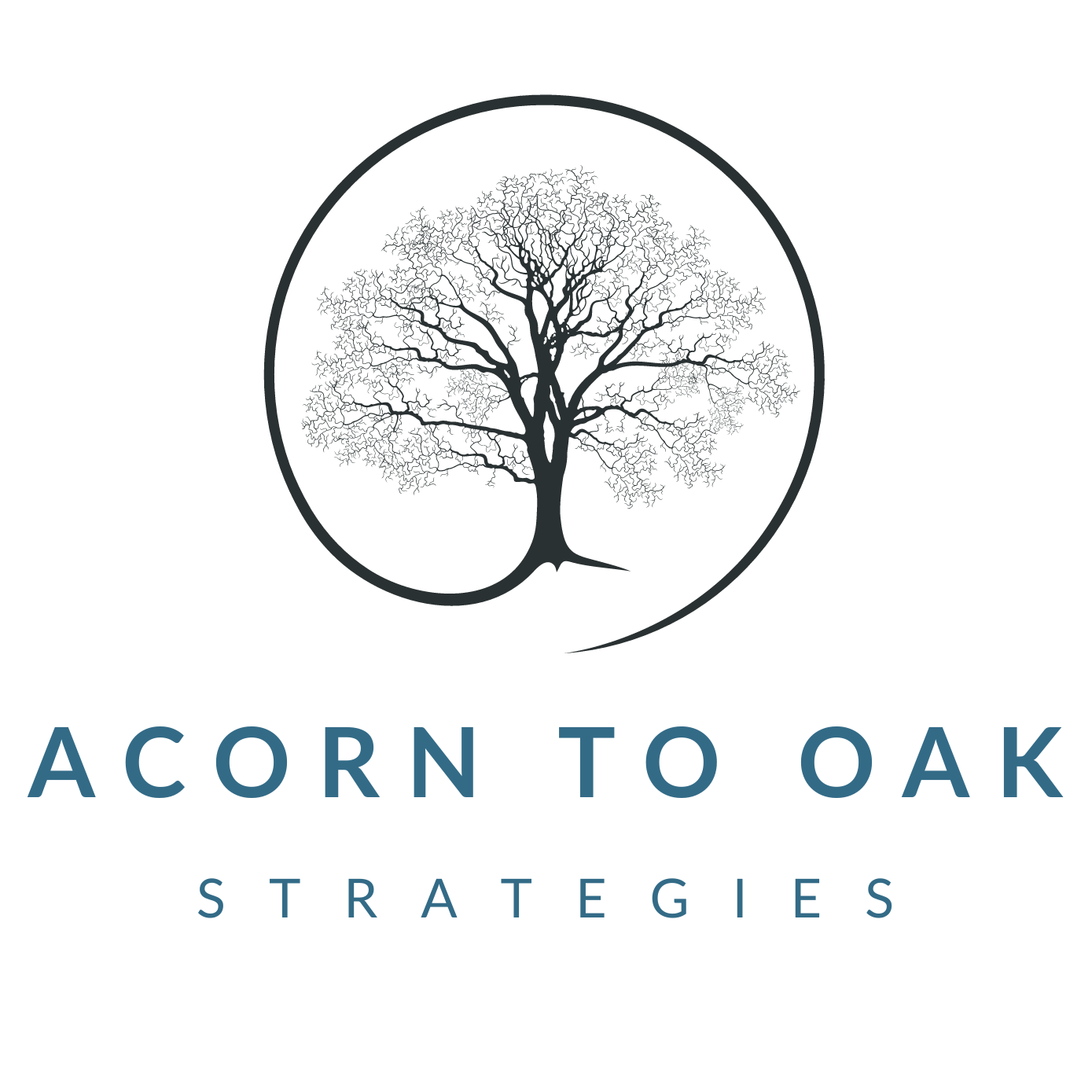SEO vs. GEO: Mastering the Future of Digital Search

| Key Factor | SEO | GEO |
|---|---|---|
| Primary Goal | Rank on Google/Bing & drive website traffic | Be referenced in AI-generated responses |
| User Interaction | Users click links to visit websites | Users get direct answers without clicking |
| Content Optimization | Keywords, metadata, backlinks | Structured, fact-rich content for AI consumption |
| Ranking Mechanism | Google’s algorithm determines position | AI models generate relevant responses based on relevance & context |
GEO (Generative Engine Optimization) functions as an interface for AI-powered tools to reference and interpret content from your database which helps them generate outputs. Businesses obtained essential rankings benefits on Google or Bing search results through Search Engine Optimization (SEO) until recent times. Generative AI represents a breakthrough that reveals a new stage through its associated technology known as Generative Engine Optimization (GEO).
Modern AI tools such as ChatGPT along with Google Bard and Perplexity AI transform AI-generated results through direct response generation using enormous online information bases rather than displaying link rankings. The ongoing changes in the market have created GEO as an important tool alongside traditional SEO for business visibility.
The comparison between these two approaches describes what follows. What methods exist to let businesses protect their digital landscape from future changes by embracing both approaches?
SEO vs. GEO: A Paradigm Shift in Search
The content discovery and delivery distinction between SEO and GEO lies in this feature.
- SEO is search engine optimization in nature, aiming at optimizing your content for higher ranking in search engines like Google and Bing.
- GEO functionality allows AI tools to access and understand content for answering questions directly without following traditional search result positions.
In traditional SEO, success is measured by click-through rates (CTR) and organic traffic. In GEO, the goal is to become part of the AI-generated search responses itself—eliminating the need for users to click on a website at all.
Key Differences Between SEO & GEO
Key Factor
SEO
GEO
Primary Goal
Rank on Google/Bing & drive website traffic
Be referenced in AI-generated responses
User Interaction
Users click links to visit websites
Users get direct answers without clicking
Content Optimization
Keywords, metadata, backlinks
Structured, fact-rich content for AI consumption
Ranking Mechanism
Google’s algorithm determines position
AI models generate relevant responses based on relevance & context
This fundamental shift means that businesses must optimize not just for search engines, but for AI-generated search responses that increasingly shape consumer decision-making.
Why SEO Alone Is No Longer Enough
The rise of AI-driven search engines is already changing how people find information and your online visibility.
Consider these trends:
- Most Gen Z users prefer AI search assistants which surpass traditional search engines in their preferences.
- With this Search Generative Experience (SGE) Google AI overviews can find comprehensive responses through AI technologies directly in search engine results pages instead of needing to follow a list of relevant links.
- The AI-generated tools Perplexity AI and ChatGPT produce conversational responses to user queries that enable users to avoid conventional web search queries completely for better user engagement.
This shift represents both a challenge and an opportunity for businesses.
- Your business will remain in obscurity even though you achieve strong traditional search results if your content fails to accommodate advanced algorithms of AI-driven platforms.
- Entrepreneurs who optimize their content visibility for GEO search will find their credible content integrated into AI-generated responses by tools that elevate their brand presence during voice search interactions and AO assistance as well as no-click situations.
Optimizing for Both SEO & GEO: A Unified Strategy
To stay ahead, businesses need to adapt their key strategies to optimize for both traditional search engines and AI-generated responses from authoritative sources.
Here’s how:
1. Create AI-Friendly Content Structure
AI-driven platforms prefer concise, well-structured, and data-driven content.
How to optimize:
- Each statement should be direct whereas long paragraphs should be removed for better user engagement with the intended audience.
- Structured information extraction becomes more efficient when AI-driven search engines read text that includes FAQ sections, bullet points and numbered lists.
- Keep important information at the beginning through the pyramid model approach of comprehensive answers.
Example:
Instead of:"Our bakery offers a wide selection of gourmet cupcakes with a variety of flavors that customers love."
Use:"Sweet Treats Bakery is the top-rated cupcake shop in NYC, featuring flavors like lavender honey and maple bacon."
This approach helps AI tools quickly process and reference your content quality—making your business part of AI-generated responses and improving your online presence.
2. Move Beyond Keywords: Optimize for Concepts & Entities
Traditional SEO practices rely on relevant keyword density and search intent matching.
The entity-based optimization strategies approach in generative engines helps AI generative models understand your business products together with services present in their databases.
Best practices:
- Present content grouped by topics instead of using only single relevant keyword optimization.
- Use schema markup to provide AI tools with structured metadata.
- Incorporate industry-specific terminology and related concepts to strengthen content depth.
Example: If writing about "best project management software," expand your contextual relevance to include:
- Key features of top tools
- How do they compare based on business size
- Use cases for different industries
- Customer testimonials & case studies
By offering comprehensive, high-authority digital content, you increase the likelihood of AI-driven platforms pulling from your material.
3. Implement Schema Markup & Structured Data
Schema markup is critical for AI-powered search engines. It provides structured data that helps search engines and AI tools better understand your relevant content quality.
Key schema types to implement:
- FAQ schema → Increases chances of inclusion in AI responses.
- How-to schema → Ideal for step-by-step guides.
- Product schema → Helps artificial intelligence models classify and recommend your products based on user queries.
- Review schema → Enhances credibility in AI-driven suggestions.
Example: If your website features a comparison of accounting software, adding FAQ schema can help generative AI tools extract and use your actionable insights in their recommendations.
4. Prioritize Topic Depth Over Word Count
AI-driven search engines prioritize depth and breadth over traditional word count impression metrics.
Best Practices:
- Write evergreen, in-depth high-quality content that provides valuable insights beyond just surface-level information.
- Cite authoritative credible sources—Generative AI models prioritize content with verifiable references from relevant sources.
- Offer multiple entry points for AI tools—FAQs, lists, data points, and structured explanations and focus on natural language processing.
5. Monitor AI Search Trends & Adjust SEO Strategy
SEO has always been an evolving discipline, and GEO is no different.
How to stay ahead:
- Routine tests must verify how generative AI tools acquire and display information that pertains to your business sector from reliable sources.
- Keep an eye on Google’s Search Generative Experience (SGE) to observe how AI generates comprehensive responses that appear in search results and watch your online presence.
- Analyze zero-click search trends and optimize for featured snippets & AI-generated language model recommendations.
The Future of Search: Integrating SEO & GEO for Long-Term Success
SEO is not dead, but it is changing. Businesses that will be best placed for the long term in a world where search is becoming AI-driven are those that will be able to adapt to both SEO and GEO for the best user experience.
The key takeaway?
- SEO ensures people (and AI) can find your content relevance and resolve any user query.
- GEO (generative engine optimization) ensures your high-quality content becomes part of AI-generated answers.
A balanced strategy will help your business user experience remain visible, relevant, and competitive—no matter how search evolves.
Need help optimizing for both SEO and GEO?
Acorn to Oak Strategies leads targeted digital visibility solutions whose main purpose is to protect your business from obsolescence. You need your business to occupy a position in traditional search results and AI-powered search outcomes with our digital marketing strategy.

Ready to work with Acorn to Oak Strategies?
Let's connect! We’re here to help.
Send us a message and we’ll be in touch.
Or give us a call today at 865-226-9446
Agency Contact Form
More Marketing Tips, Tricks & Tools
The AOS Blog











